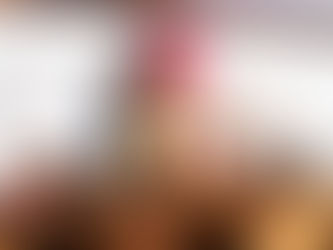Pua Kumbu: Dreams woven onto cloth
- BT

- Jan 25, 2024
- 2 min read

Exclusively woven by only a handful of special Iban women, pua kumbu used to only be used in sacred ceremonies and rites of passage but is now commercially available as tailored clothing. It also serves as an important cultural heritage passed down across generations. Every pua kumbu tells a story through the symbols and motifs woven into the fabric, usually legends and stories of the origins and beliefs of the Ibans.
Within the already small group of weavers is Rumah Gare’s acclaimed Master Weaver, Bangie anak Embol, who is one of the last dream weavers in Sarawak. Sought out by anthropologists and craft devotees, Bangie is a part of a seven-generation lineage of master weavers, gifted with the role through dreams.


Before the weaving, the women must undergo the Ngar ceremony, which can last for many days and involves utmost precision and effort. Ngar is the process of measuring and mixing ingredients to prepare cotton yarn with natural dyes, performed according to prescribed rituals and charms. Led by the master weaver, this process have to be done properly, otherwise it might anger the spirits. If the spirits are unhappy with the Ngar, it would be communicated to Bangie through her dreams, and the whole process will have to start over.
The pua kumbu is more than a piece of cloth to the Iban community. In its origin story, a hunter shoots down a beautiful bird only to find a pua kumbu skirt in its place, belonging to the daughter of the Iban God of War, Sengalang Burong. This is the foundation of the beliefs of Iban customs, in which human and spirit worlds co-exist.
Dream weavers are essentially conduits for spiritual spirit, given the authority to weave through dreams. Bangie sees stories and designs in her dreams, which she then translates onto cloth. Her grandmother, Jebau anak Tuah, receives her dream from Kumang Wong, the river spirit, while Bunsu Genali, the Goddess of Snakes, guides Bangie.
The women solely did the pua kumbu even during the times of headhunting. The severed heads the men brought home would be received by a pua kumbu, transforming the skull from enemy to ally, bring power and fertility back to the community. Headhunting might have been gone for over a century, but the pua kumbu lives on stronger than ever.
Thanks to conservation efforts as well as the hard work of Bangie and the residents of Rumah Gare, the pua kumbu will almost certainly live on as an icon of the Ibans. As one of the last dream weavers, Bangie now awaits the dream that would name her successor, ensuring continuity of her family’s legacy.

















